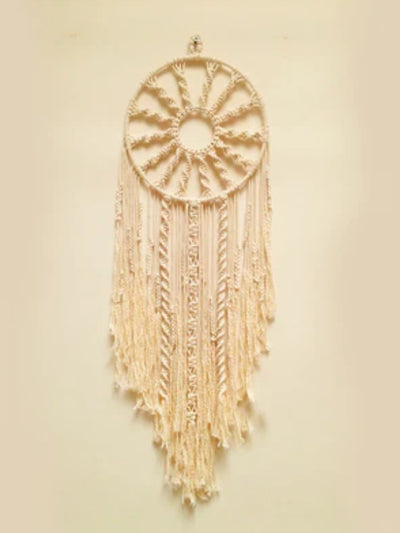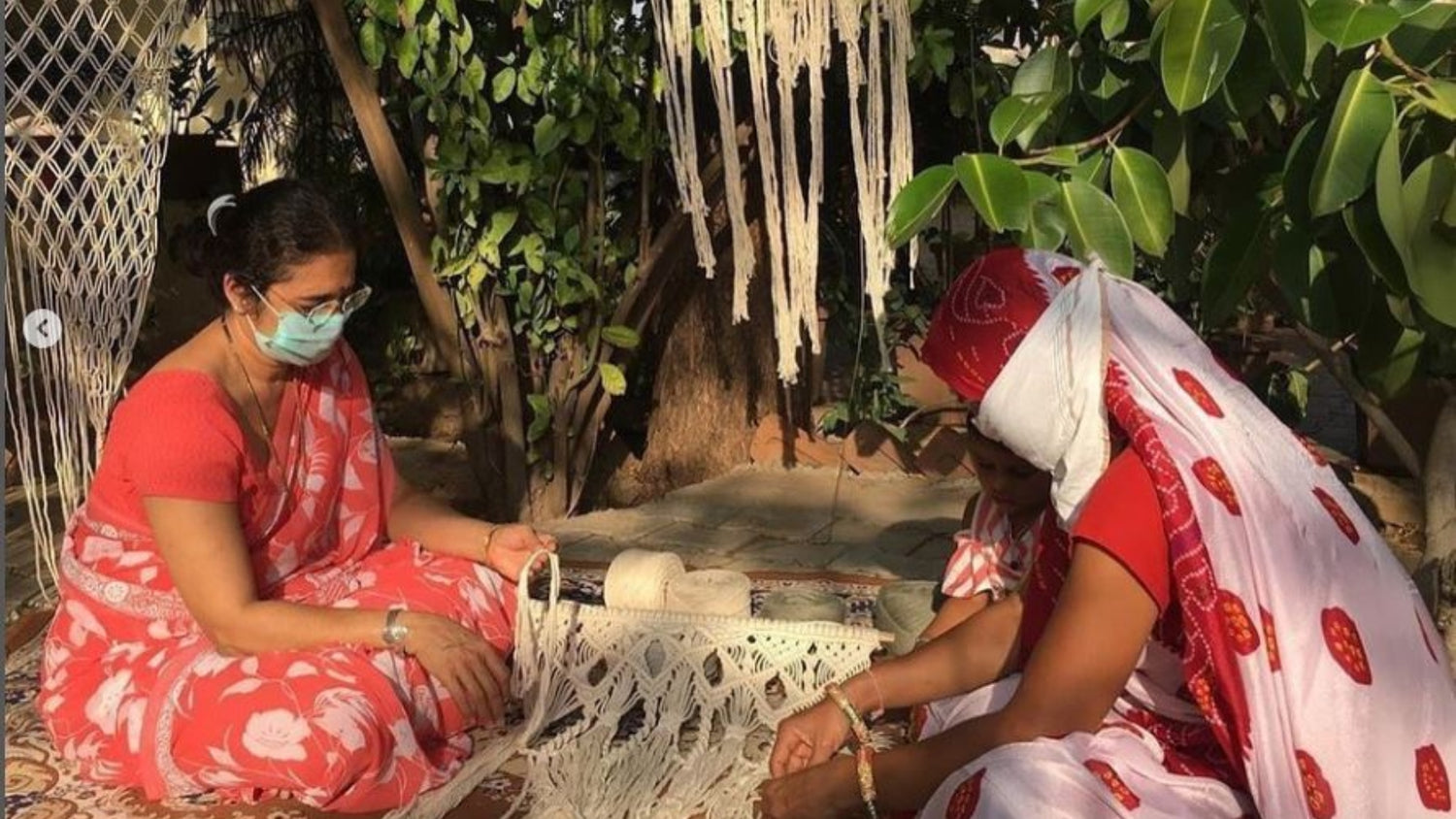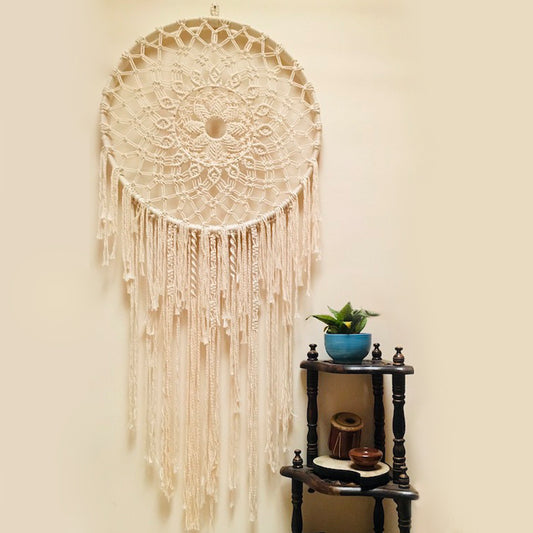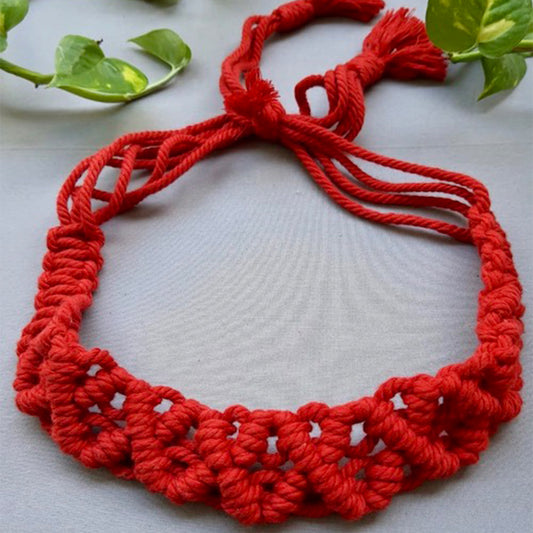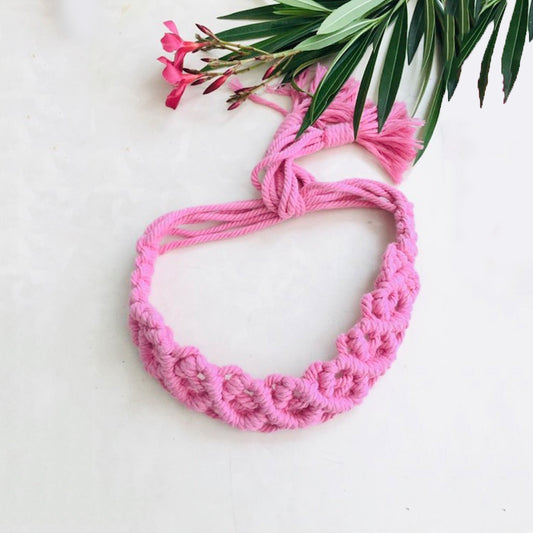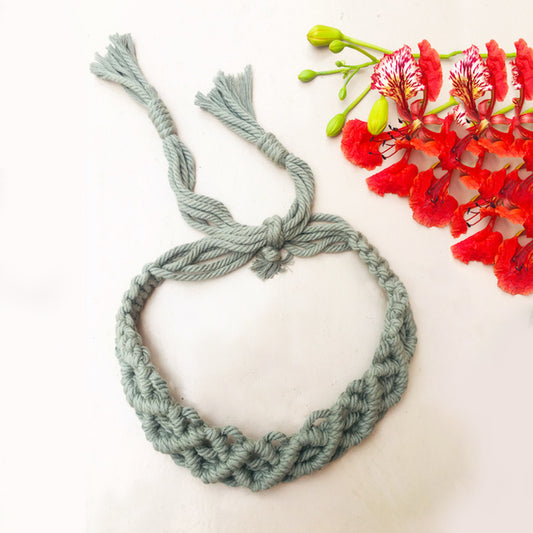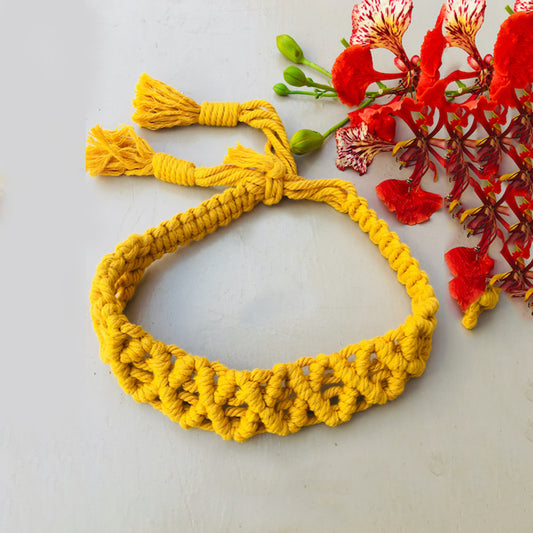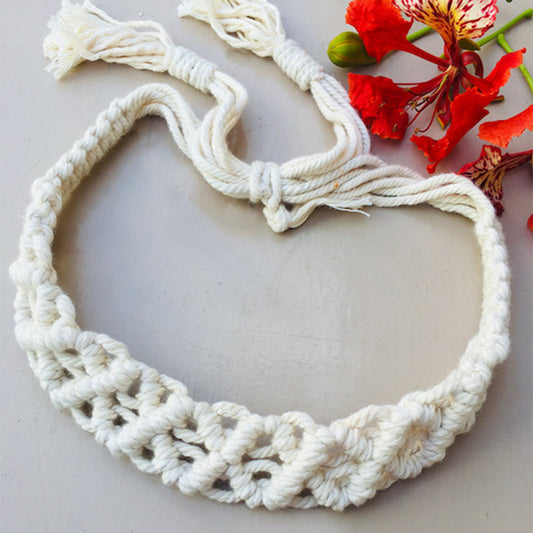The Origin of Macrame Art
Knotted designs that fall down in a swath of nubby textures are undoubtedly something you've seen on Instagram or in that trendy store. Obviously, we're talking about macramé knots! However, what exactly is this strange ship, and where did it come from?
The macramé craft involves making knots to produce gorgeously patterned textiles. Numerous people think that the word "macramé" derives from the Arabic word "migramah," whi...
The Origin of Macrame Art
Knotted designs that fall down in a swath of nubby textures are undoubtedly something you've seen on Instagram or in that trendy store. Obviously, we're talking about macramé knots! However, what exactly is this strange ship, and where did it come from?
The macramé craft involves making knots to produce gorgeously patterned textiles. Numerous people think that the word "macramé" derives from the Arabic word "migramah," which means "fringe." Macramé craft was a technique employed by Arabic weavers in the 13th century to add beautiful fringes to shawls and veils. Others, though, assert that knotting dates all the way back to third-century China. Extensive knots can be seen on ceremonial clothing, hangings, and lanterns from this time period, and some consider the well-known pan chang knot to be an early instance of macramé.
The Craft of Macramé and Knots
Since ancient times, macramé art has been a well-liked technique for creating textiles and other decorations that use a variety of knots to create a basic shape. It is a quick and inexpensive method to give your home some personality and decor. You can make both aesthetically pleasing and practical objects by combining different types of knots in an infinite number of ways. Typically, macramé products are either hanging from the ceiling or strung on a wooden frame (a macrame board).
Macramé pattern is made using just your hands and no tools. The possibilities are unlimited when it comes to what you can make using macrame craft: plant hangers, garments, wall hangings, dream catchers, necklaces, bracelets, earrings, curtains, tablecloths, coasters, tassels, keychains, bookmarks, etc. Your items can be enhanced by the addition of beads, charms, seashells, etc. Once you are proficient at the fundamental macramé knots, you can look up more complex ones or invent your own. Different cord colours and sizes are available. Leather strips, cotton rope, yarn, jute, ribbon, nylon cord, and hemp cord are among the available materials.
Why should you choose iTokri?
iTokri seeks to spread Indian culture throughout the world and is dedicated to its preservation. It is also meant to make it simple for someone who lives distant from their family and friends in a foreign nation to celebrate every occasion and holiday by adding a traditional touch. You can buy handicrafts from iTokri at affordable prices, and you can always stay in touch with your tradition and culture thanks to iTokri. It is the ideal marketplace for online handicraft purchases. Additionally, iTokri offers all of the services you might find on numerous websites, all under one roof. iTokri is a hub of different Indian crafts like crewel embroidery, enamel work craft, blue art pottery, miniature art, mysore folk art, paper mache, etc.
FAQs
What is macrame?
Anyone can learn how to make macrame art, a decorative knotting craft, with a little effort. You can create stunning and useful works of art to add some vintage style to your home.
What material is used for macrame?
Cords made of cotton thread, linen, hemp, jute, leather, or yarn are some of the materials used in macramé patterns. A 3-ply cord, for example, is one that is distinguished by its construction, which consists of three lengths of twisted fibre.
What is the nationality of the first weaver of macrame?
The origins of macramé art can be found in the colourful Arab weavers of the 13th century who utilised the knots to fasten the loose ends of woven fabrics like towels and shawls.
What is the purpose of macrame?
Since ancient times, macramé has been a well-liked technique for creating textiles and other decorations that use a variety of knots to create a basic shape. It is a quick and inexpensive method to give your home some personality and decor.
Read More

